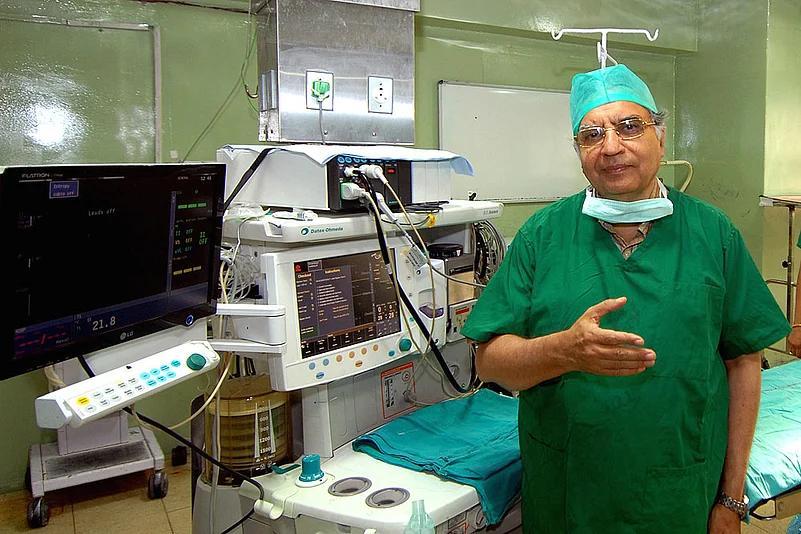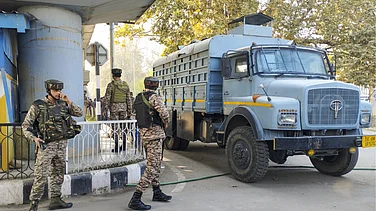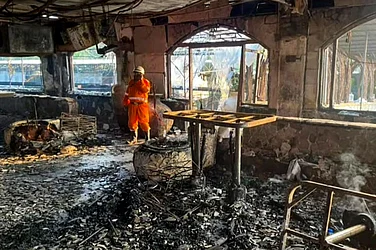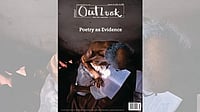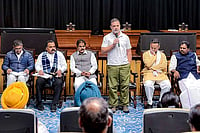A forensic pathologist with 42 years of experience, Dr T.D. Dogra is a former director of AIIMS and a former head of its department of forensic medicine. In this long career, he has dealt with several high-profile cases, including the Nithari killings, the Ishrat Jahan encounter, the Godhra violence, the Aarushi Talwar murder, the Shopian rape and murder and the Batla House encounter. He also headed the panel that conducted the post-mortem on Indira Gandhi.
With experts pointing to inconsistencies in the autopsy report Dr Sudhir Gupta submitted on Sunanda Pushkar Tharoor, Dr Dogra tells Outlook of the intricacies involved in post-mortems. Though he refused to comment on the Sunanda autopsy per se, the interview provides insights. Excerpts:
What do post-mortem reports generally reveal?
The primary objective of a post-mortem is to show the cause and manner of death, besides the time elapsed since the death. Also, traces, exhibits and anything else that might aid further investigation is preserved during a post-mortem.
The Sunanda autopsy mentions ‘sudden unnatural death’. What does it mean?
I have never come across the term “sudden unnatural death”. It is not an official or accepted term in forensic medicine. ‘Sudden’ is used in the context of natural death, say for instance, in death caused due to a heart attack.
It also states ‘drug overdose’ and ‘poisoning’. What would have indicated this?
I cannot comment on how it was determined in this particular case. However, poisoning is confirmed by a thorough examination of the viscera. This is a time-consuming process. First, the kind of poison has to be established. Even if this is already known, an analysis to rule out all other kinds of poison has to be conducted. Presence of tablets in the stomach is only an indication, and is not always responsible for poisoning. The quantum (overdose or otherwise) and level of poisoning can only be determined by examining the viscera. Histopathology too has to be conducted to determine its effect on tissues. Therefore, a post-mortem alone can never confirm death due to poisoning.
Are there instances when bodies are held back after a post-mortem is conducted?
Bodies are not usually held back after a post-mortem, unless there are requests from the police or relatives to do so.
Are nails, hair, tissues, blood and urine routinely sent for toxicological tests?
What is routinely sent for viscera examination are parts of the liver, kidney, spleen, stomach and a piece of the small intestine. Other things vary from one case to another.
Could Lupus, along with anti-depressants and painkillers, have led to sudden death?
Again, I cannot comment about this particular case. However, extreme care has to be taken if a patient has Lupus. At AIIMS, when I was handling skin, I would be very careful about the drugs prescribed to patients with Lupus.
Is a final post-mortem report given after an initial one is submitted after the examination?
Yes. A final report ought to be given in cases where the viscera are submitted for examination. A final report will determine the actual cause and manner of death, after taking into consideration conclusions of the viscera examination. If the initial autopsy report does not account for this, then it is a flaw.






